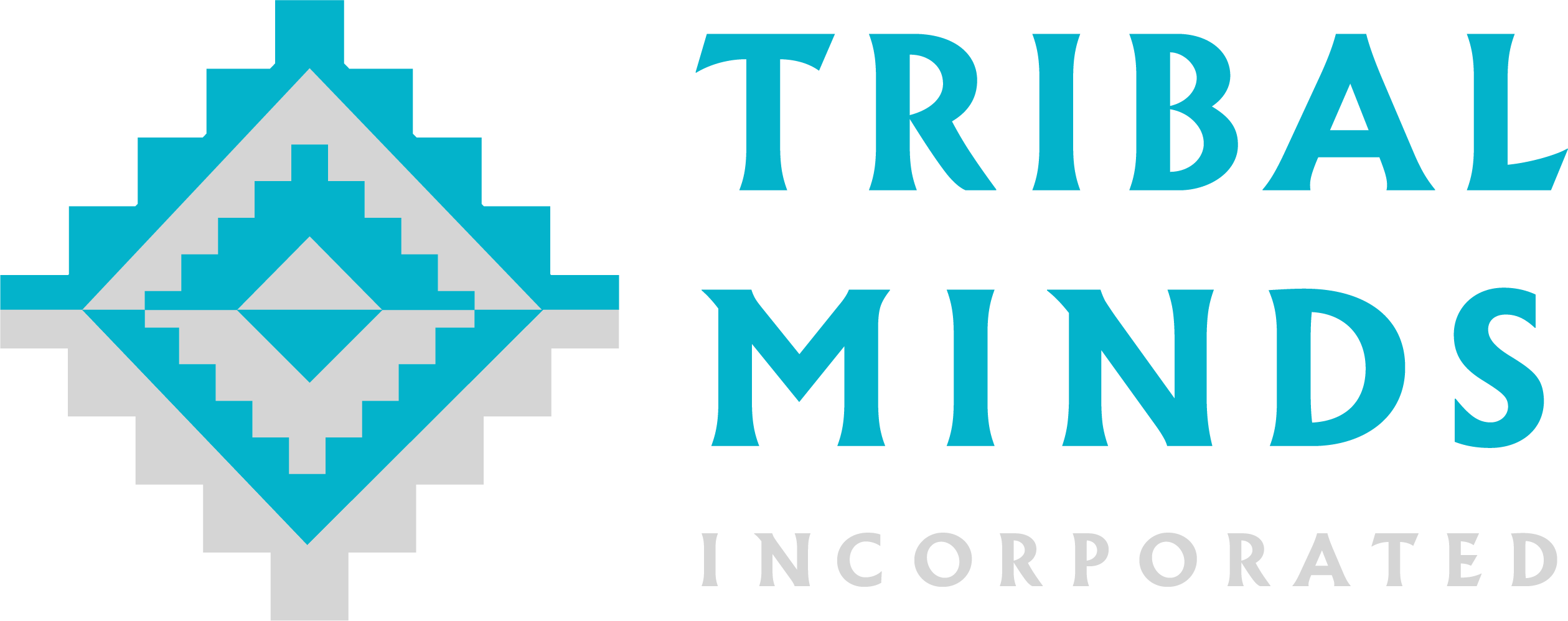What does Native-led community development look like?
In September 2022, the Tribal Minds, Inc. team was invited by the Lenca in Honduras to work on cultural reconstruction. The Lenca are the largest Tribal group in Honduras and one that has lived through the same centuries of colonialism as Nevada Natives. For two weeks, our team assisted the Lenca in realizing their own vision for the return of their ceremonies of the Lenca identity. The project was a fusion of so many essential elements in community development, from conflict resolution to dialogue that centered Lenca agency to asset-based thinking that stressed the Lenca's own strengths. We strove to practice assistance that did not dominate or prioritize our own advancement, but rather to lift up the Lenca's own future.
Most important to avoid was the white savior complex. We had no interest in repeating the colonial patterns of previous generations that had denigrated Lenca traditions and community, leading to a crisis of mental health that mirrors that of many Indigenous communities across Turtle Island.
As we hauled wood and mediated dialogue and worked through cultural practices alongside the Lenca, we realized that the project mirrored the construction of a temple. Every decision for reconstruction was a stone laid on the bedrock of the Lenca foundation, which had never been and never will be lost. Each mediation connected the stones, allowing them to support one another. Ideas worked in sync and required precision and compromise and planning. And we needed to not only be familiar with the cracks and edges of the Lenca foundation, but where the soil shifted and clumped. Working alongside the Lenca to construct their temple – to create their future through reconstructing culture – required knowing the foundation of the people and how it interacted with the land.
From this experience, we developed a framework for approaching projects of community development in which Tribal people help other Tribal people with the best practices in cultural reconstruction in mind: geocultural engineering. "Geo" because Indigenous cultural reconstruction requires connection with the land. Anything that does not center the land is not Indigenous. "Engineering" because the Lenca and our team needed to make the same calculations and the same acts of physical labor to construct the temple. The same care for what actually works for the people is needed. Geocultural engineering combines these concepts and emphases into a holistic whole.
Geocultural engineering is a developing praxis of Indigenous cultural reconstruction designed by and for Tribal people to uplift community development initiatives of Indigenous people worldwide. It is a practice that centers the land, consent, and vision of the Tribal community (re)creating their own rituals, ceremonies, and traditions. Indigenous advisors assist other Indigenous advisors in realizing their own dreams on their own terms. In contrast to the long history of colonial white savior methods, geocultural engineering is not top-down. It's bottom-up, participatory, grassroots, and Indigenous-led.
The benefits of geocultural engineering are many. We can share best practices with one another, as Tribal people, without a need to reinvent the wheel. We can center the assets of Tribal people and the consent of communities in their own development. Most importantly, through geocultural engineering, Tribal futures are created by Tribal people working together.
There is a past, present, and future to geocultural engineering. There is a long history of networks and exchange between Indigenous communities across Turtle Island, interrupted and disrupted by colonial borders. We are returning to those roots. Now, mutual exchange and peer review on social policy between countries is an established practice of multiple United Nations affiliates. We are adapting this practice for the Indigenous context.
As Indigenous people across Turtle Island determine our futures, we can work together to make cultural reconstruction more effective, efficient, and authentic for all of our communities equally.
